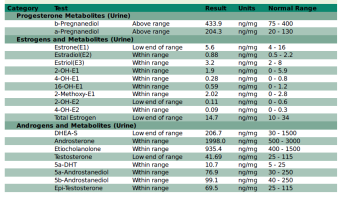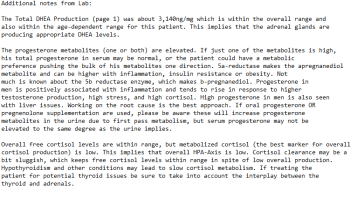10-30% of total calories from fat, as saturated as possible. High fat is good for bulking and vitamin mineral absorption but useless apart from that.Where is the line drawn between too high and just right? I don't track macros anymore, but that diet I listed is about 100g of fat, and about 160g of carbs. This is a macro split I've used successfully in the past to cut bodyfat. Carbs are higher when maintaining/gaining.
I'm running 15-20g of fat now on the advice of the good folks here. It's not going well so far, feeling extremely lethargic upon waking in the morning. Going to try to push through it for a couple more weeks to see if that changes.
Correct t levels have to be checkedIf you’ve put in thousands of hours into working out and consuming content, there’s no way lowering your fat intake or taking a handful of supplements is going to magically help you gain muscle. Your best bet is to get blood tests done and see what your T levels are.







